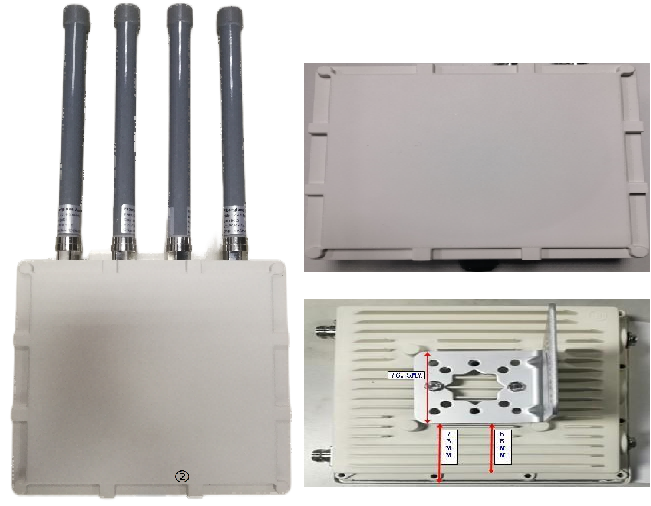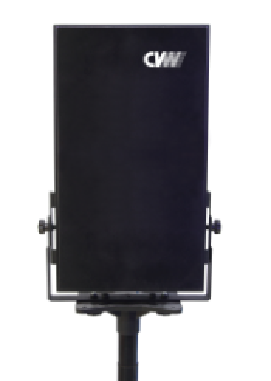Wireless video transmitter and receiver are wireless video transmission devices mainly used in fields such as drones, aerial photography, and surveillance. Their function is to transmit the video signals captured by the camera through wireless waves to remote devices such as monitors or mobile phones, allowing users to view the video in real-time and control the direction and angle of the drone or camera.
The working principle of wireless video transmission transmitter and receiver is as follows:
1. The wireless video transmitter converts the video signal captured by the camera into a digital signal through analog-to-digital conversion (ADC), and then compresses it into smaller data packets through encoding and compression (CODEC). The data packets are then converted into radio wave signals through modulation (MOD), and finally transmitted through a skyline (ANT).
2. The wireless video transmission receiver will demodulate the received radio wave signal into a data packet, then decode and decompress it into a digital signal, and then convert it into an image signal through digital to analog conversion (DAC). Finally, it will be displayed on devices such as monitors or mobile phones.
The performance of wireless video transmission transmitters and receivers mainly depends on the following factors:
1. Frequency. Frequency refers to the number of oscillations of a radio wave signal, measured in Hertz (Hz). The higher the frequency, the faster the transmission speed, and the clearer the image, but the weaker the penetration and susceptibility to interference. The lower the frequency, the slower the transmission speed, and the more blurry the video. However, the stronger the penetration, the better the anti-interference ability. Common wireless video transmission frequencies include 2.4GHz, 5.8GHz, 1.4GHz, etc.
2. Power. Power refers to the strength of a radio wave signal, measured in watts (W). The higher the power, the farther the transmission distance, and the more stable the video, but the higher the power consumption, the higher the heat generation. The lower the power, the closer the transmission distance, and the more sluggish the image, but the smaller the power consumption, the lower the heat generation. Common wireless image transmission powers include 25mW, 200mW, 600mW, etc.
3. Channel. Channel refers to the frequency range of a radio wave signal, measured in megahertz (MHz). The more channels there are, the greater the choice and the higher the likelihood of avoiding interference. The fewer channels, the smaller the choice and the lower the likelihood of avoiding interference. Common wireless video transmission channels include 8, 32, 40, etc.
4. Antenna. Antennas refer to devices that transmit and receive radio wave signals. The shape and direction of the antenna can affect the coverage and strength of the signal. Common antennas include upright antennas (OMNI), directional antennas (DIRECTIONAL), circularly polarized antennas (CIRCULAR POLARIZED), etc.
In short, wireless video transmission transmitters and receivers are practical wireless video transmission devices that allow users to view remote video in real-time, improving the operating experience and effectiveness of drones or cameras.

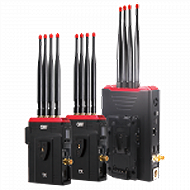 Multi-camera wireless video transmission
Multi-camera wireless video transmission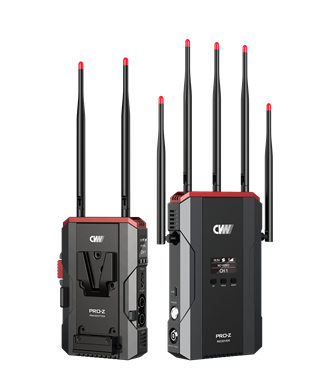 Zero Latency Wireless Video Transmission
Zero Latency Wireless Video Transmission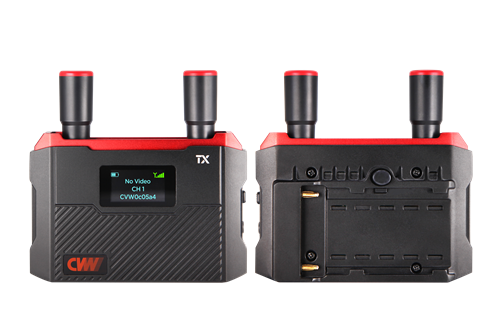
 Designed for teleoperating the heavy equipment
Designed for teleoperating the heavy equipment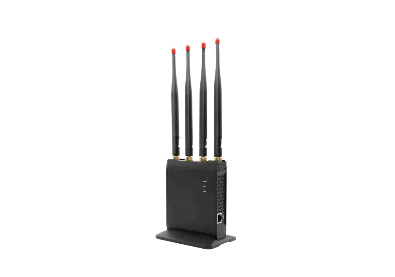 Wireless high-speed data transmission
Wireless high-speed data transmission